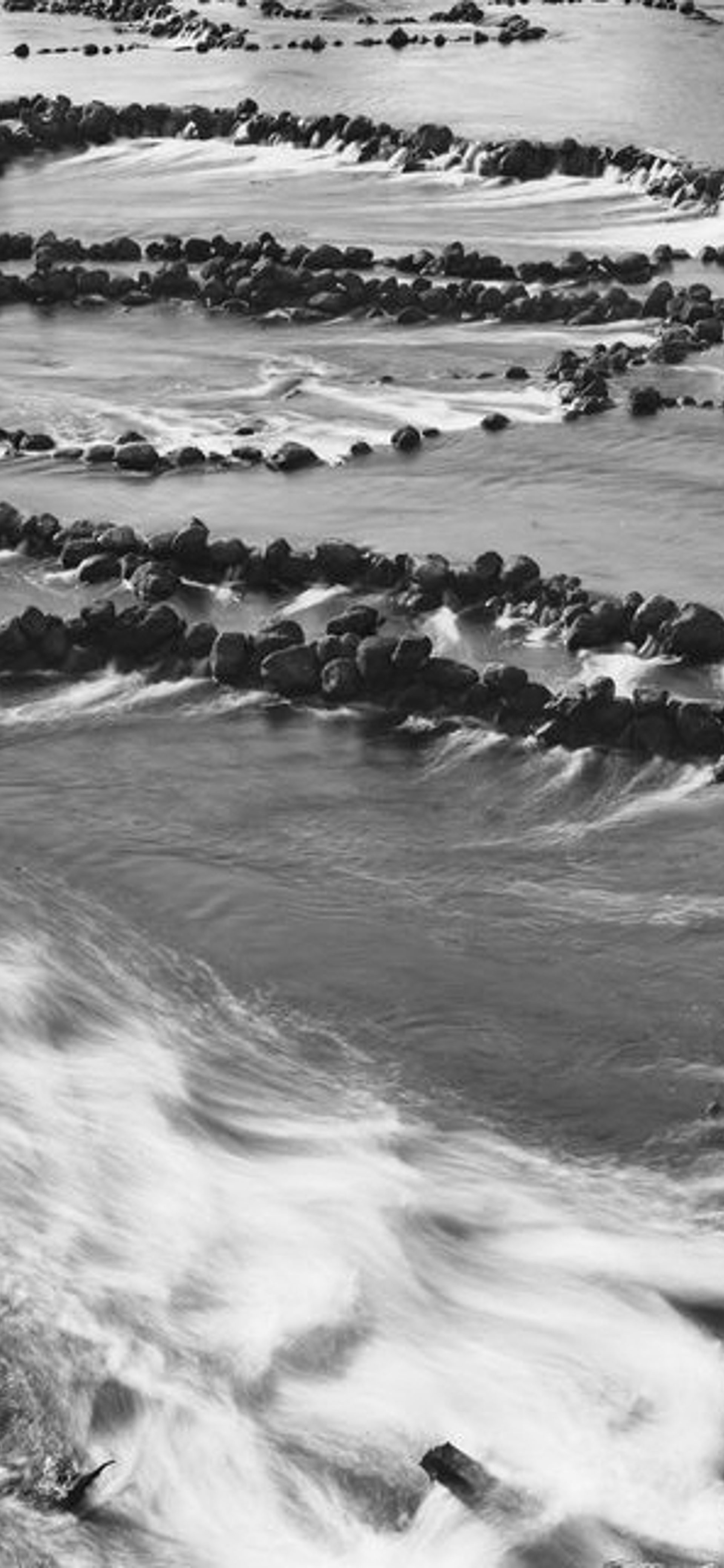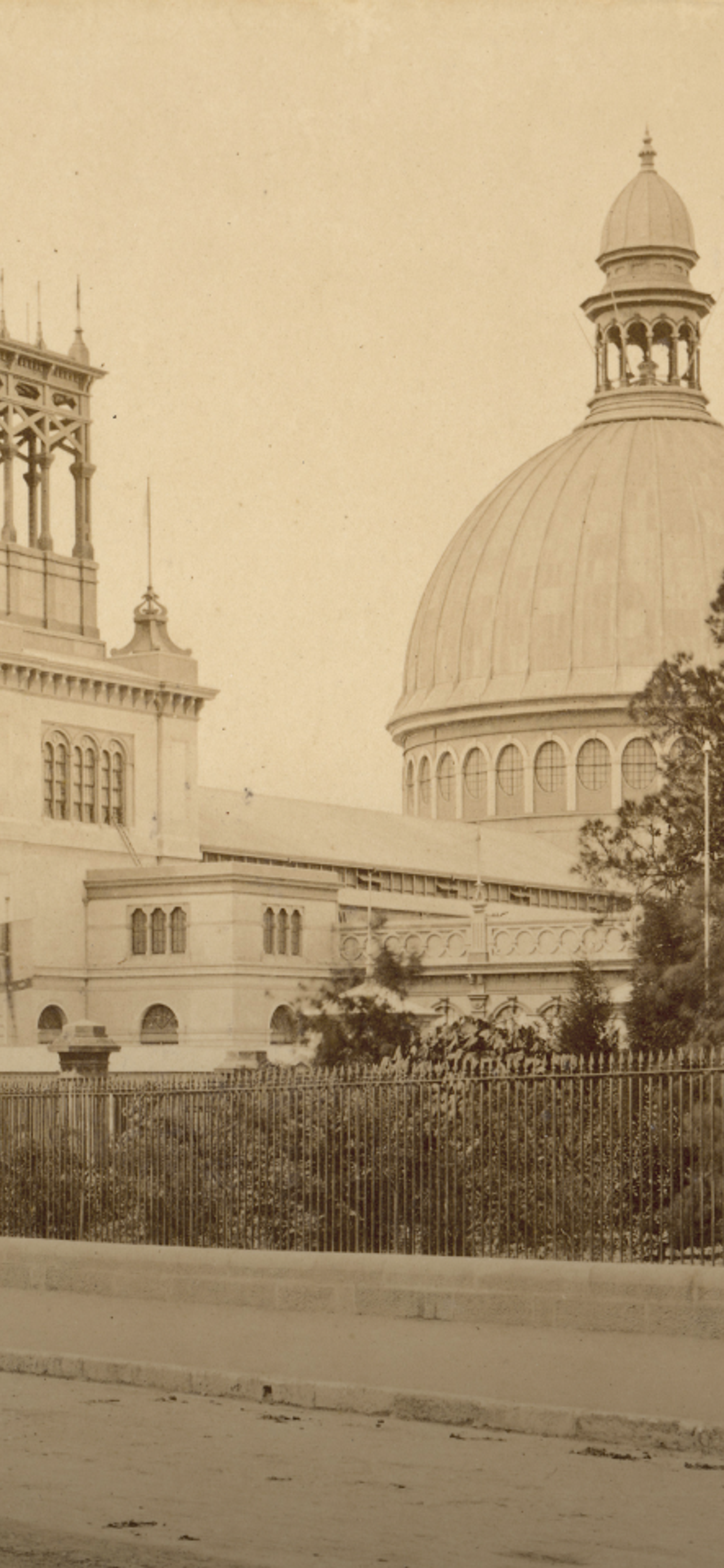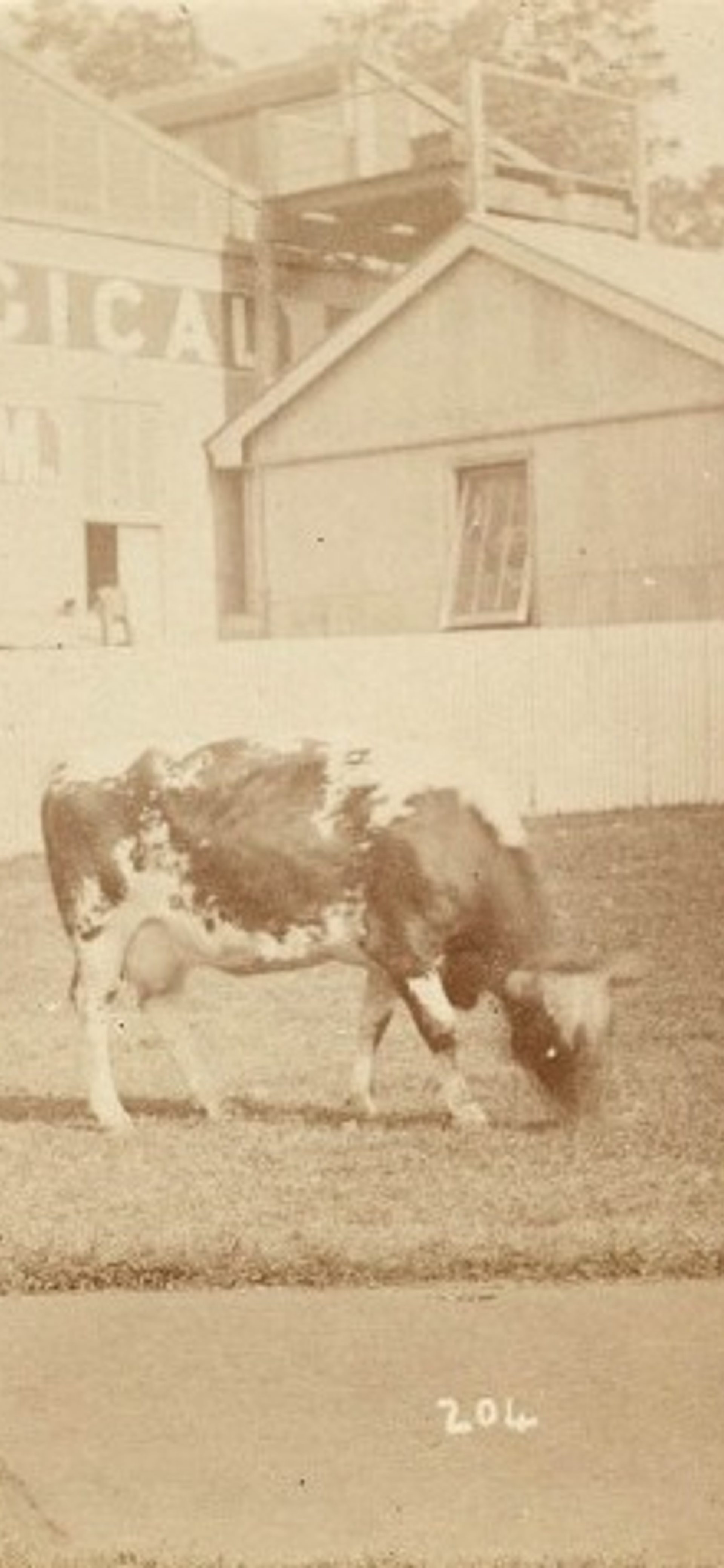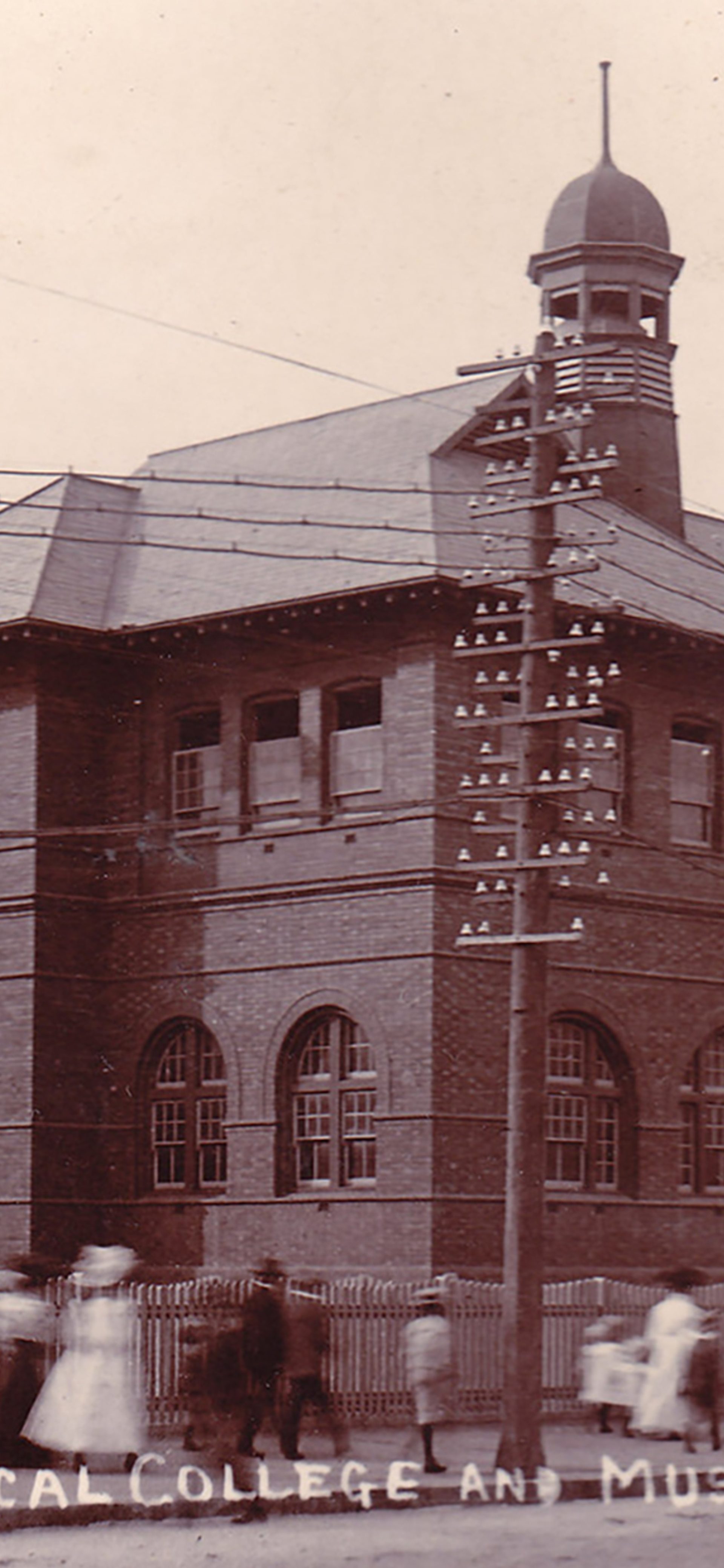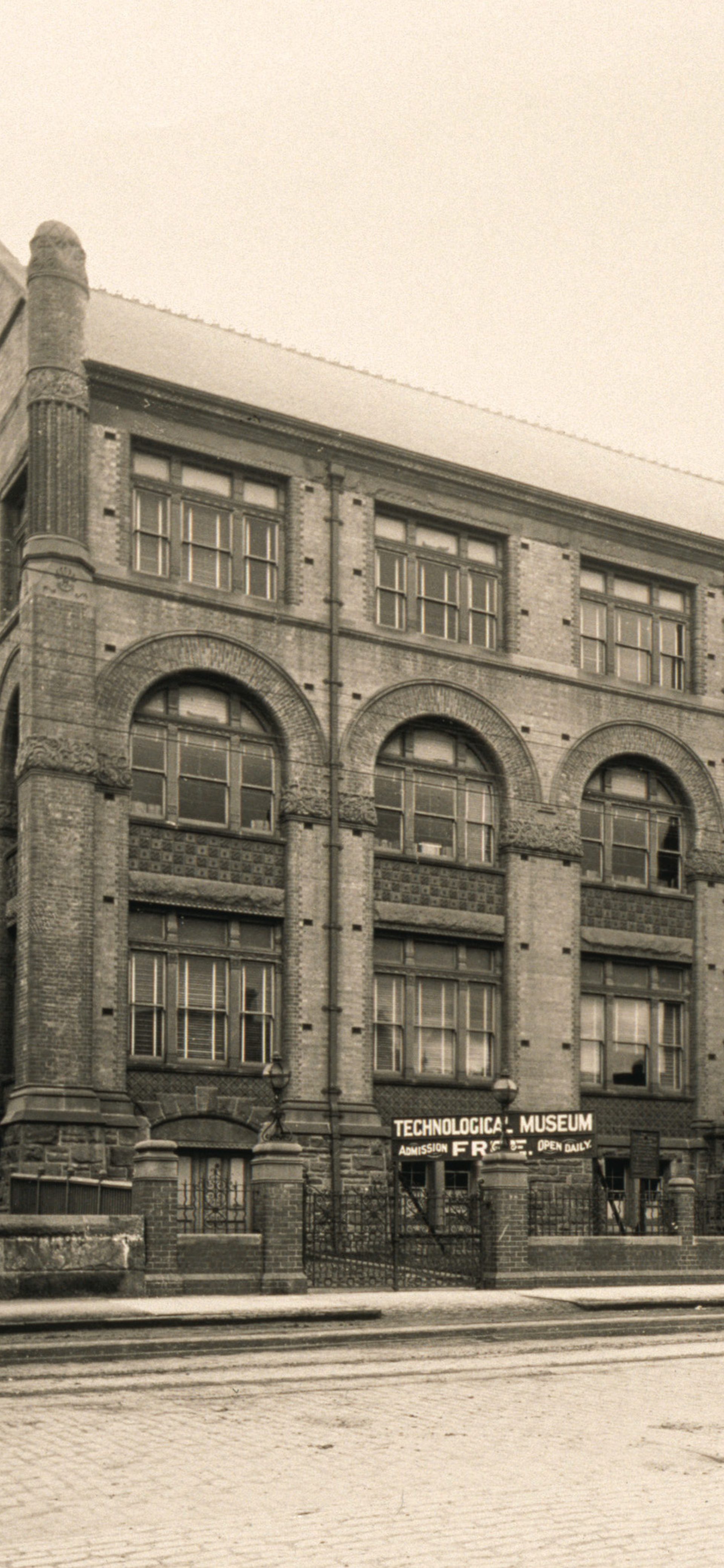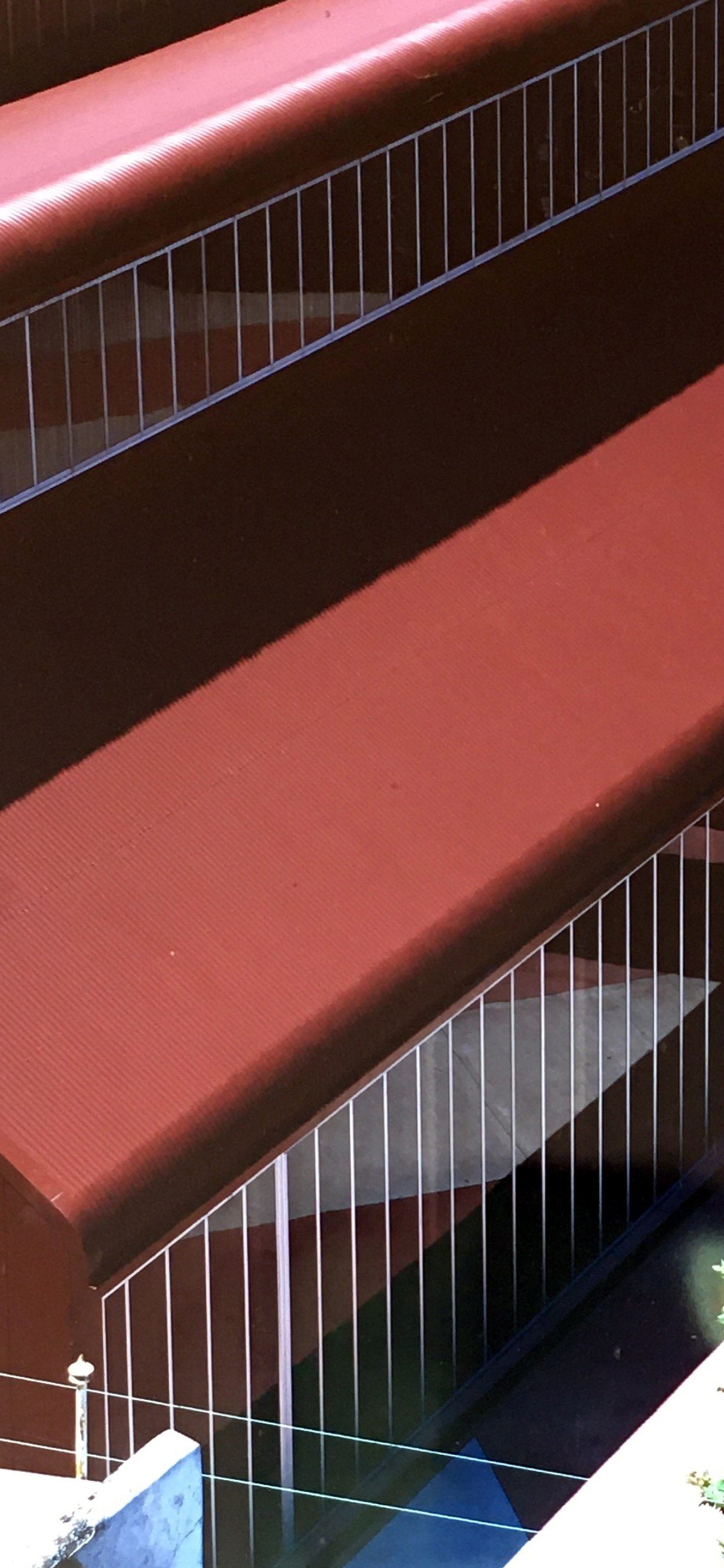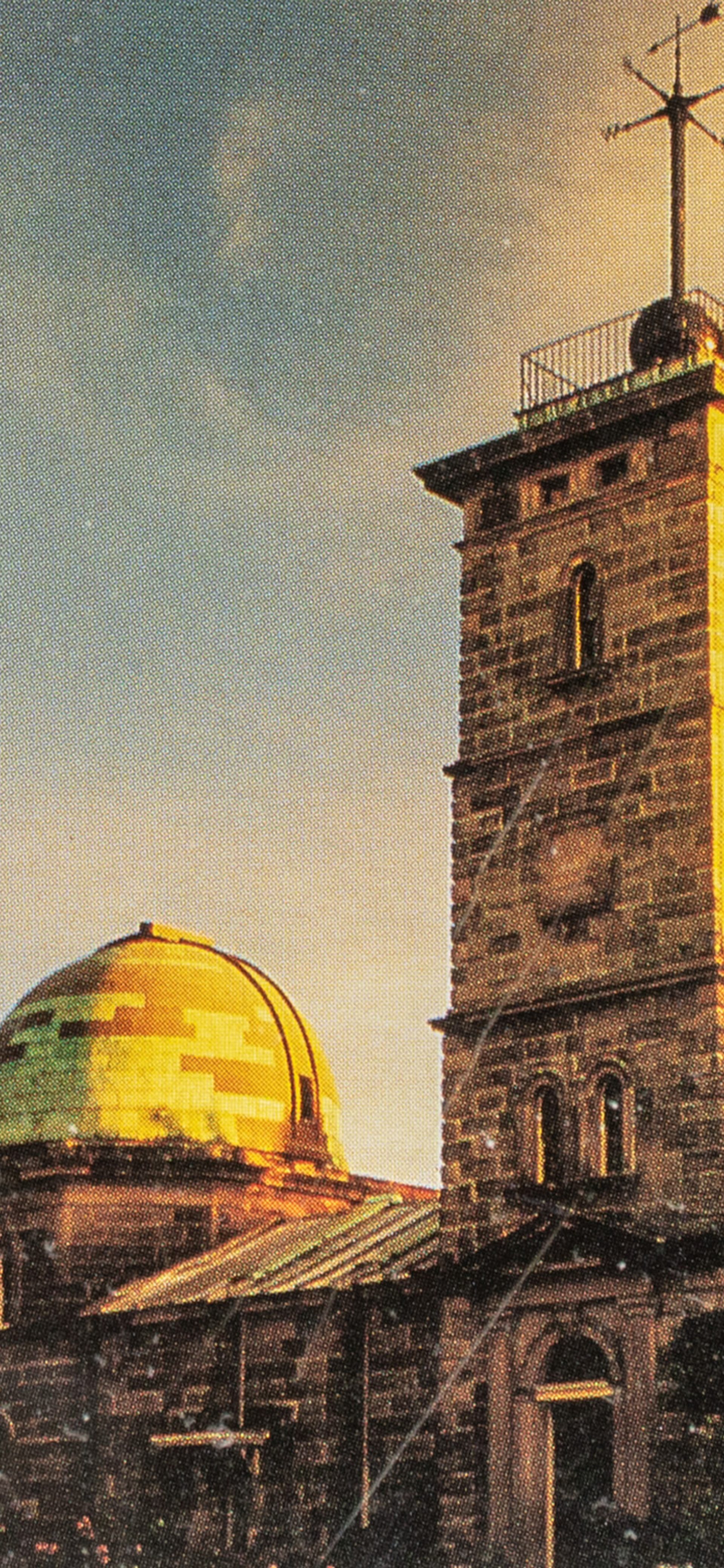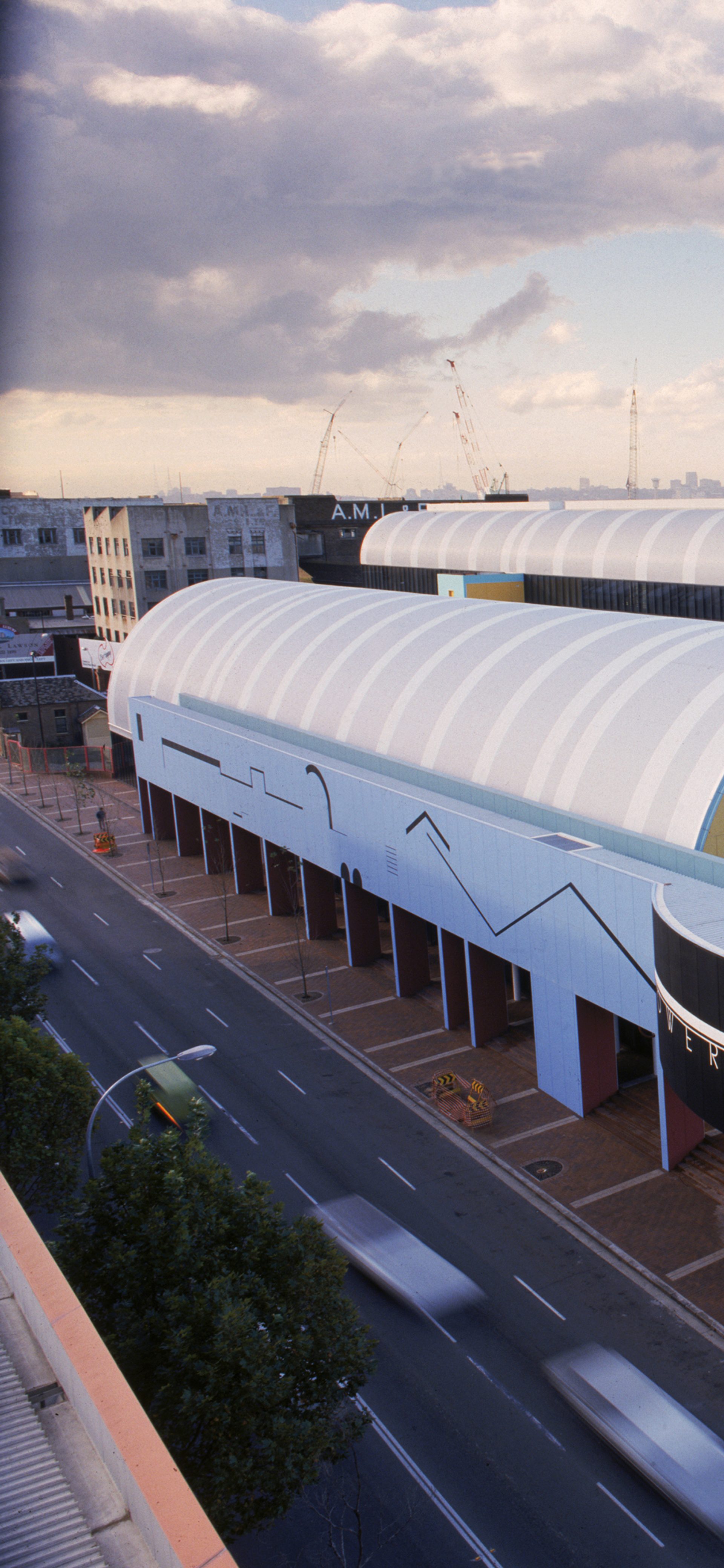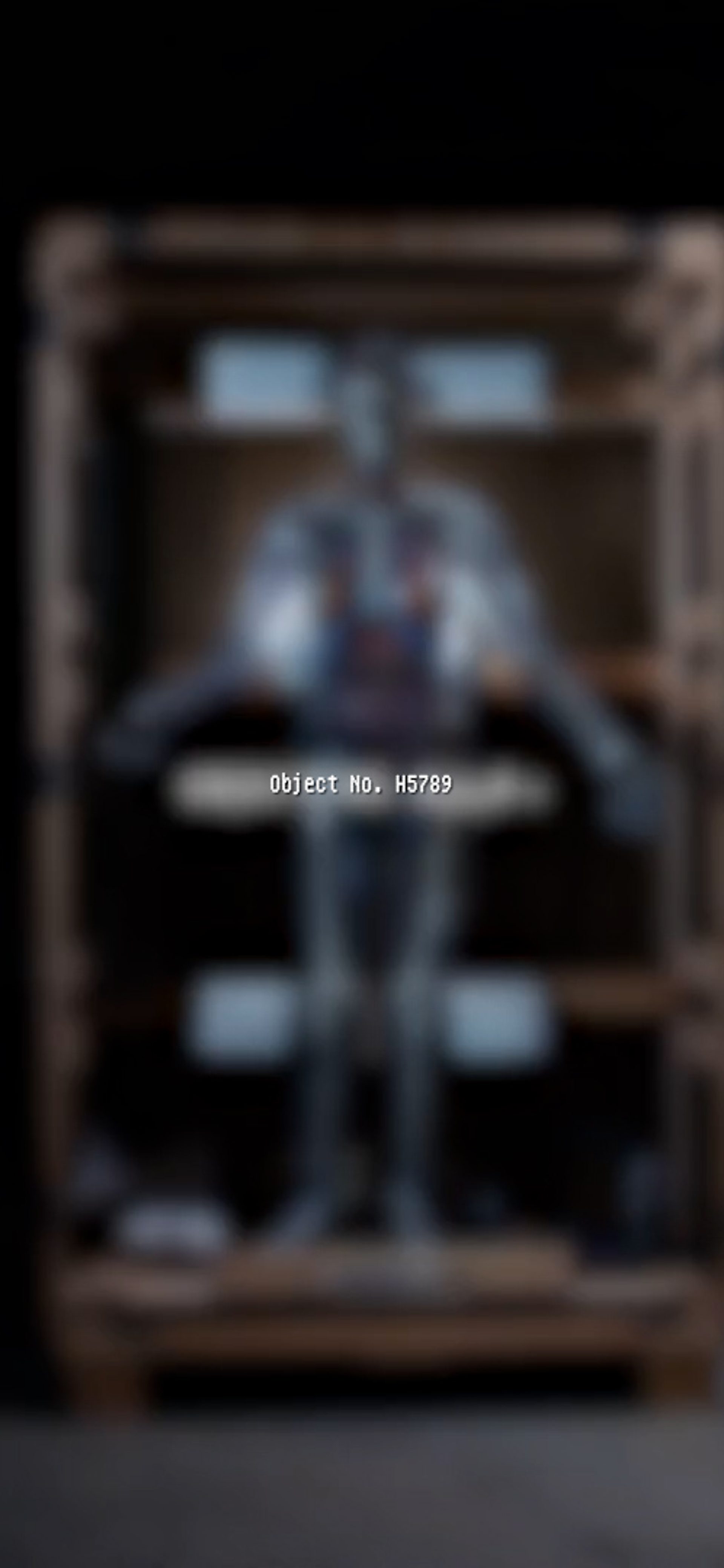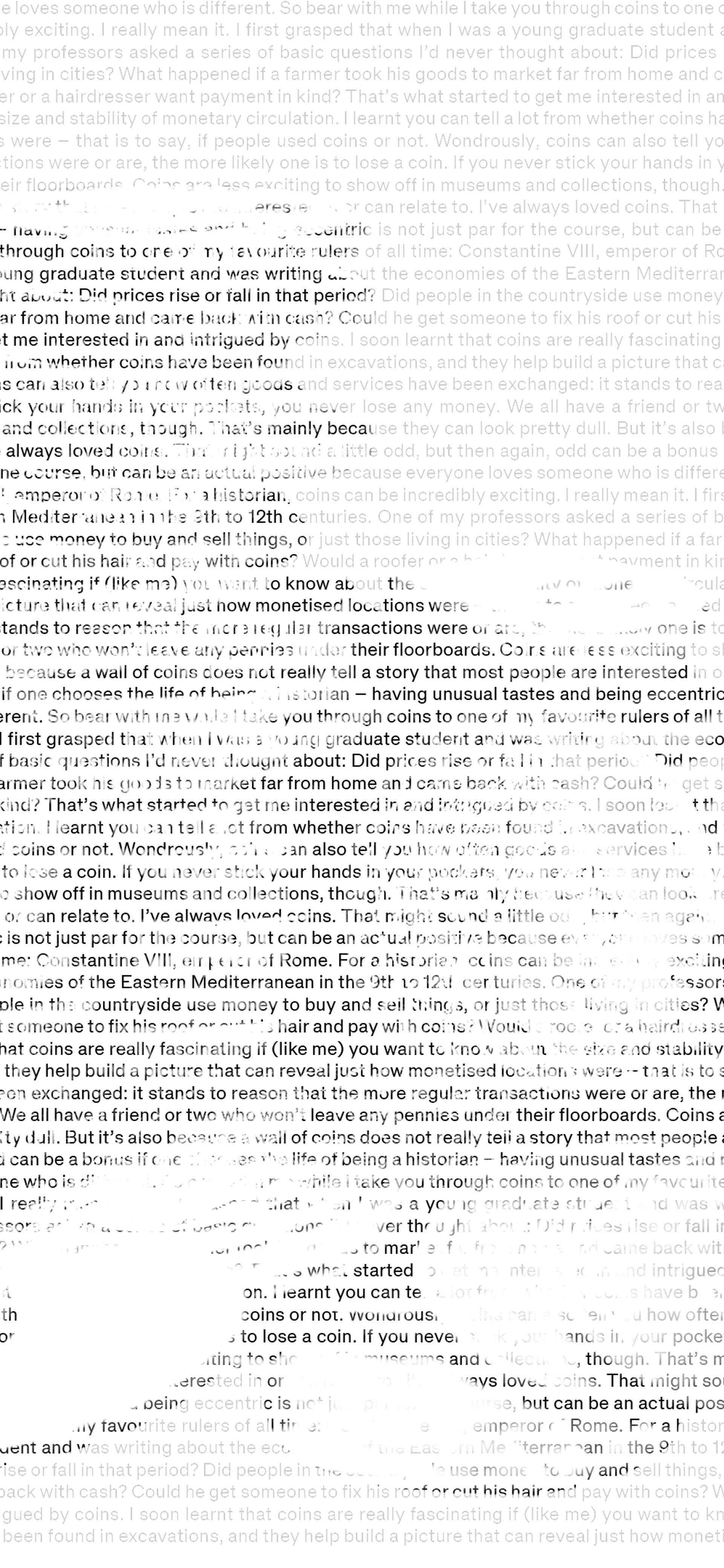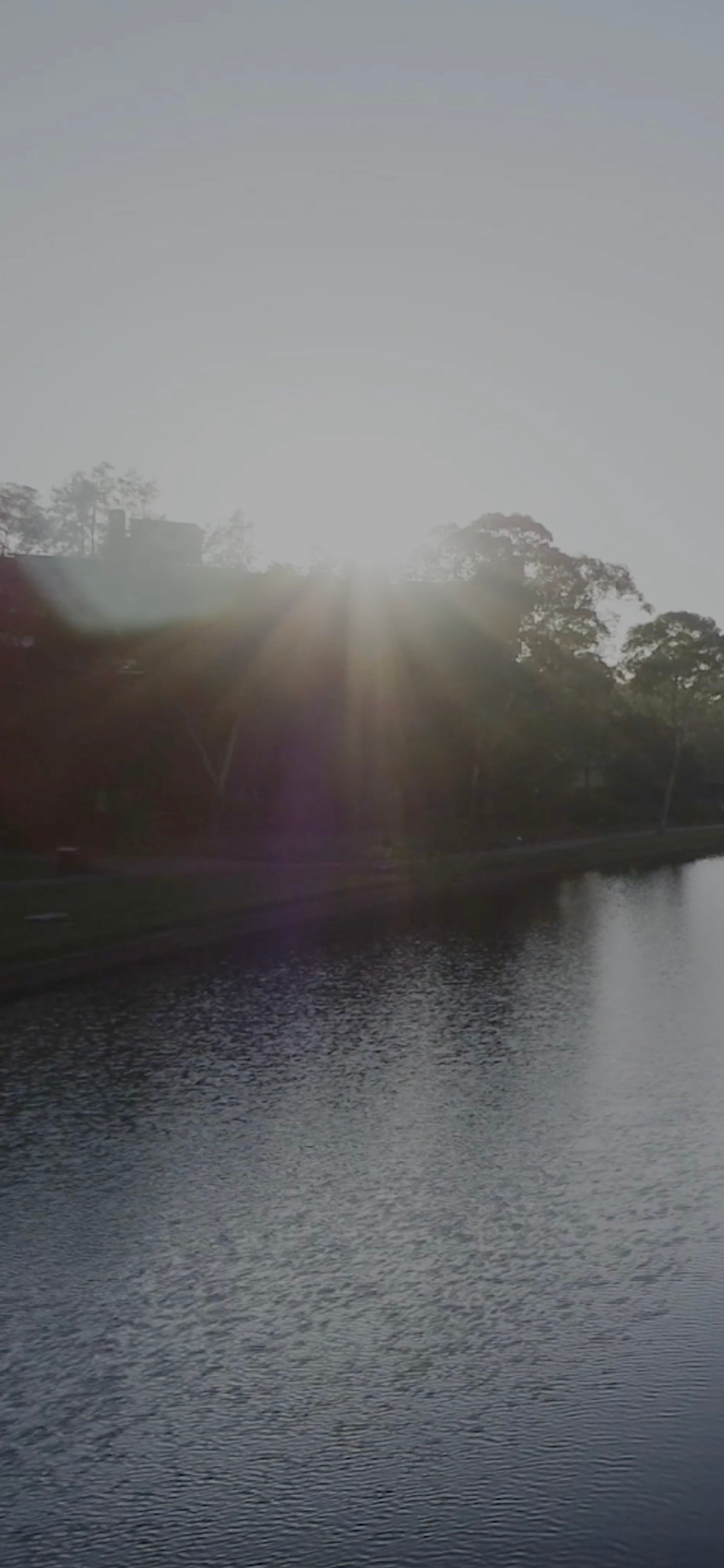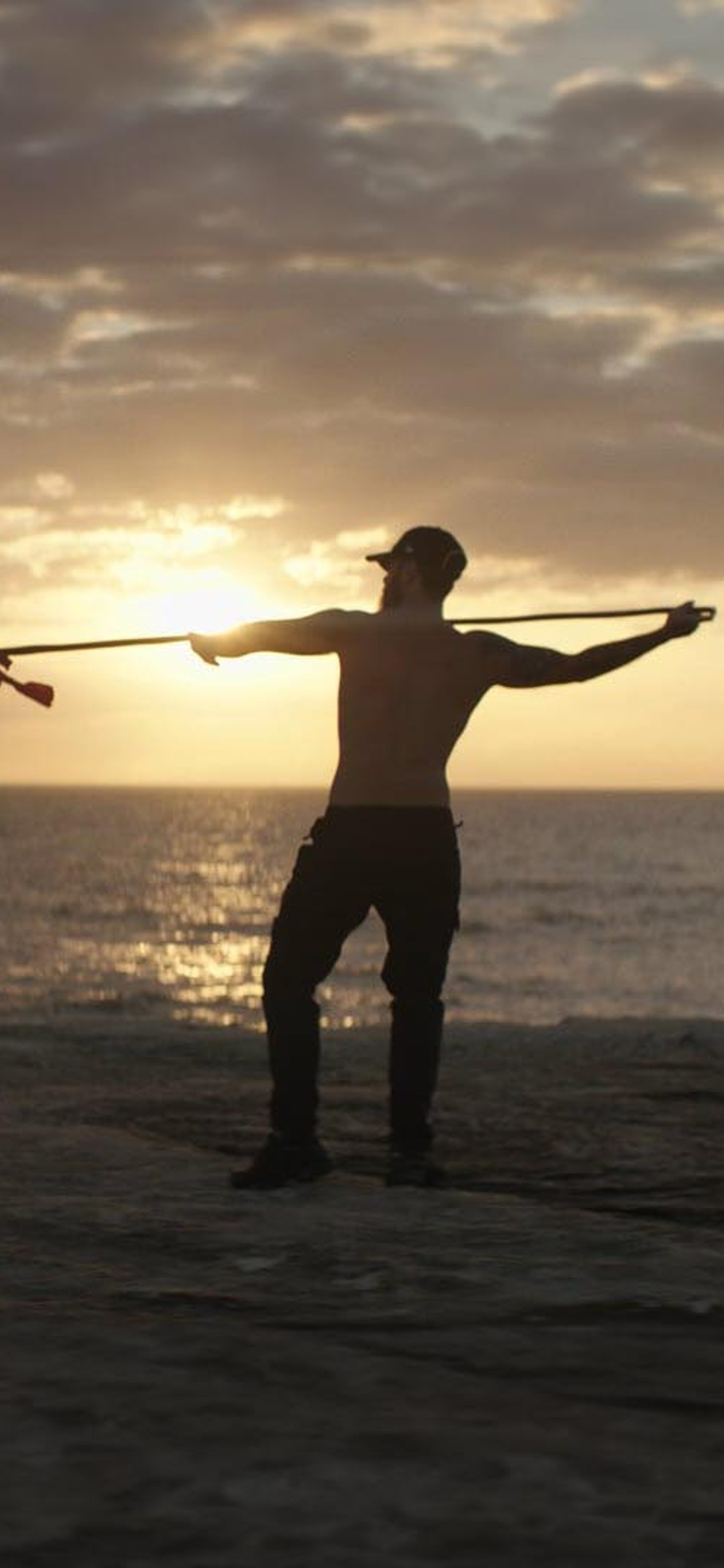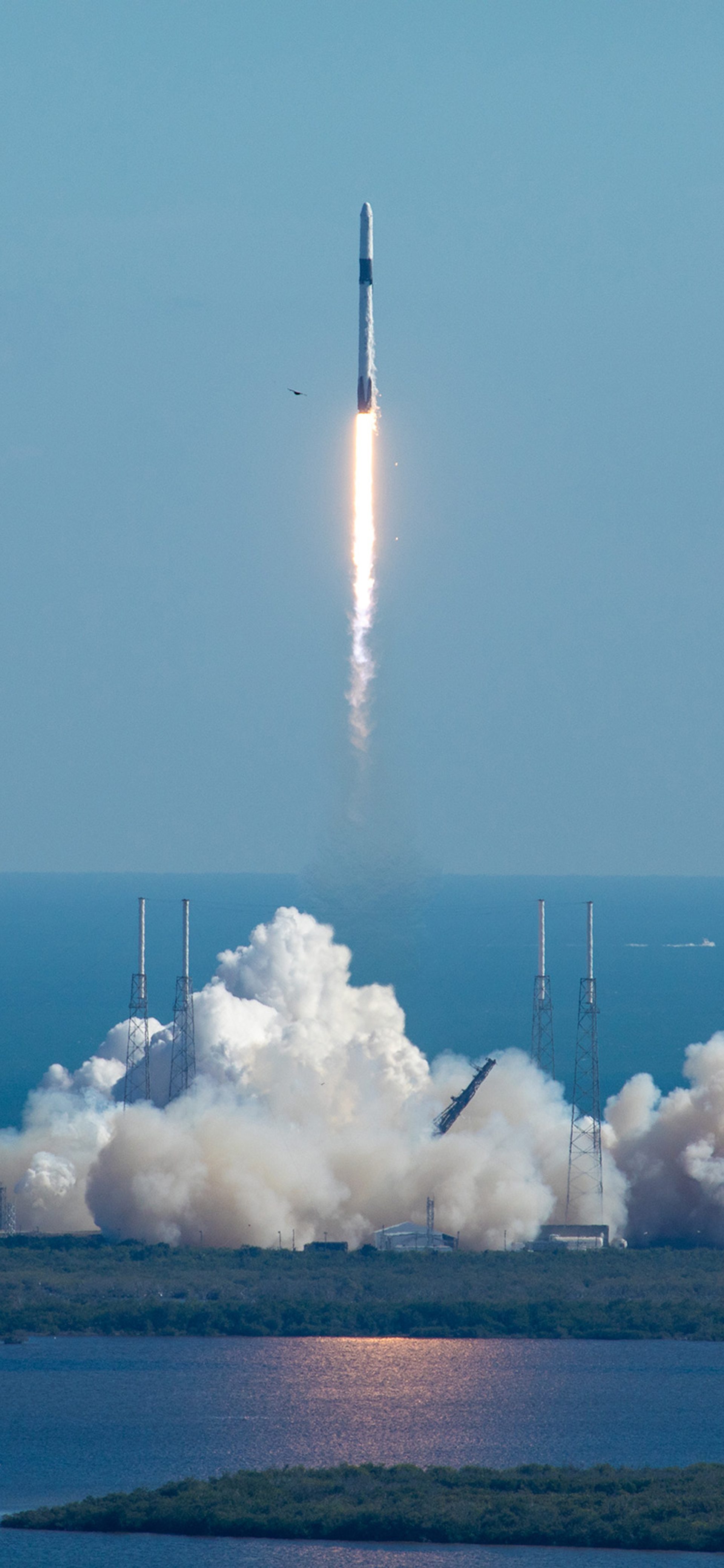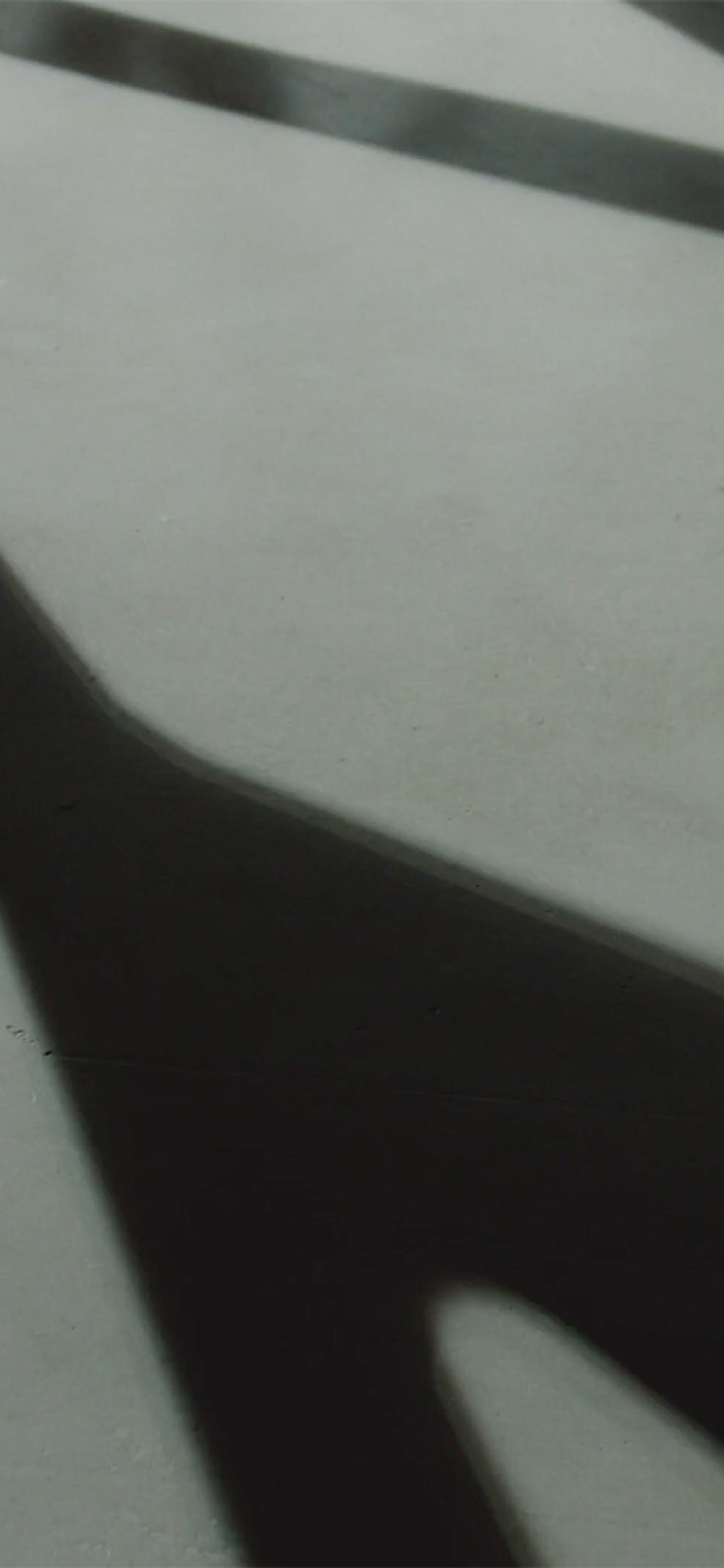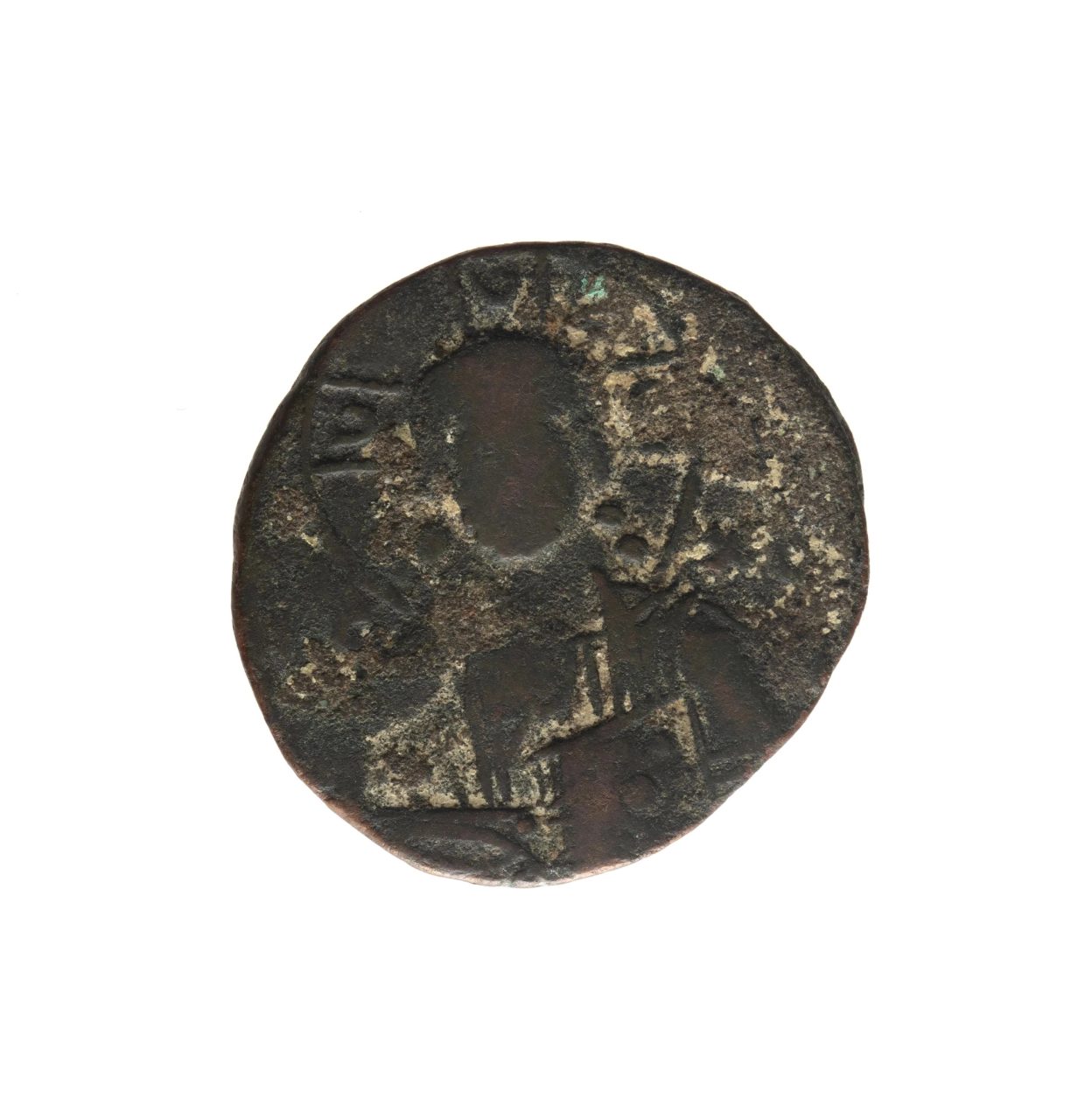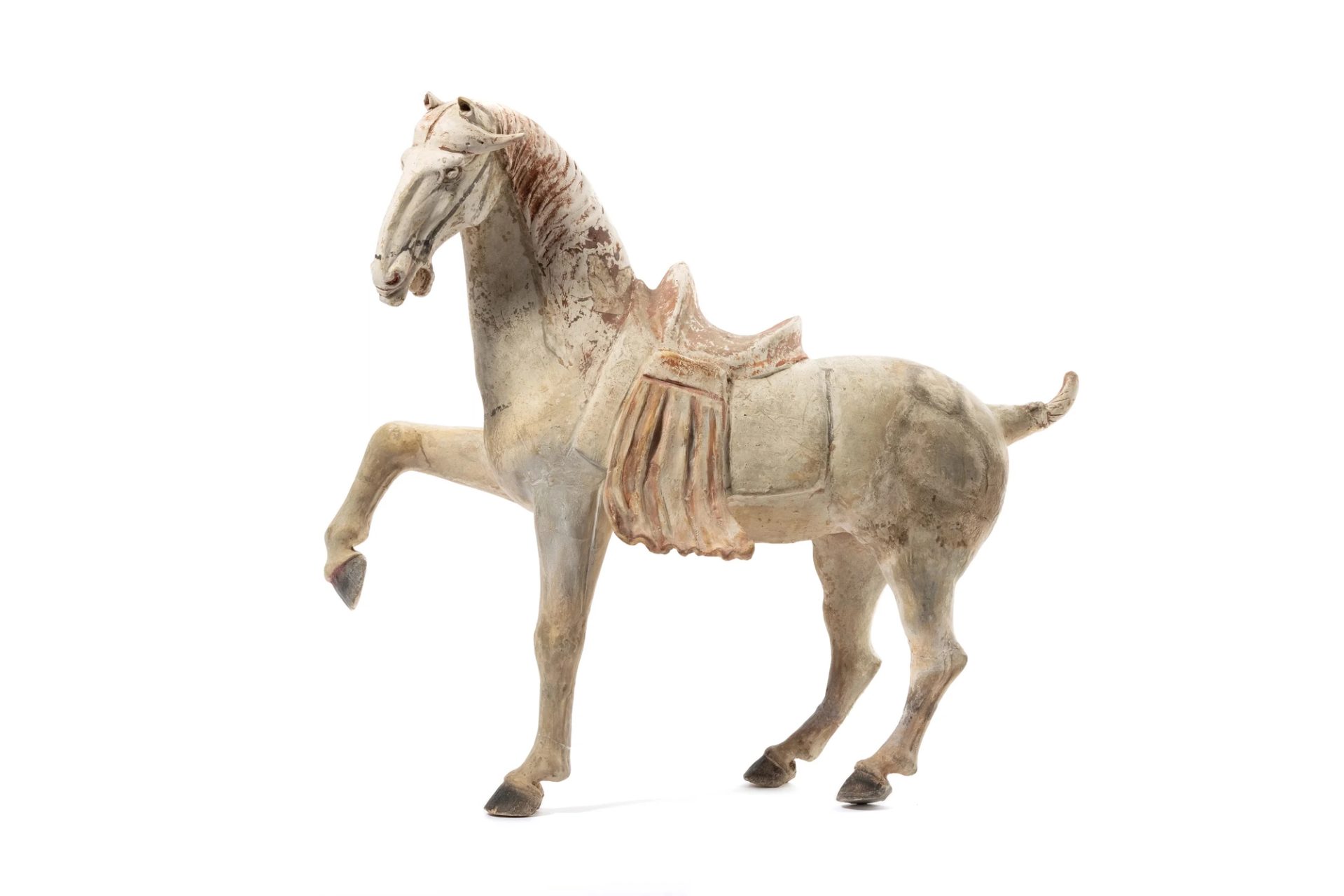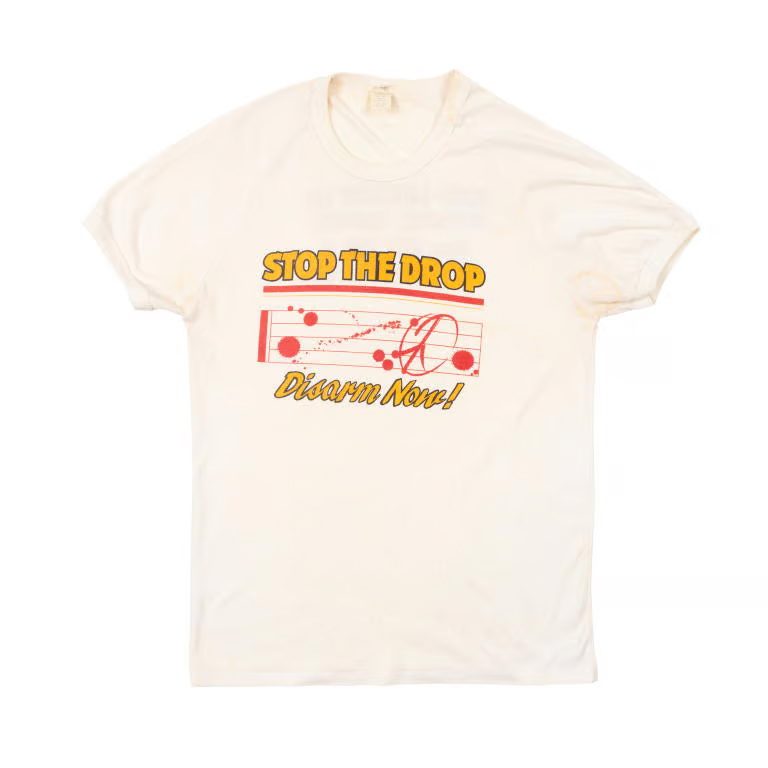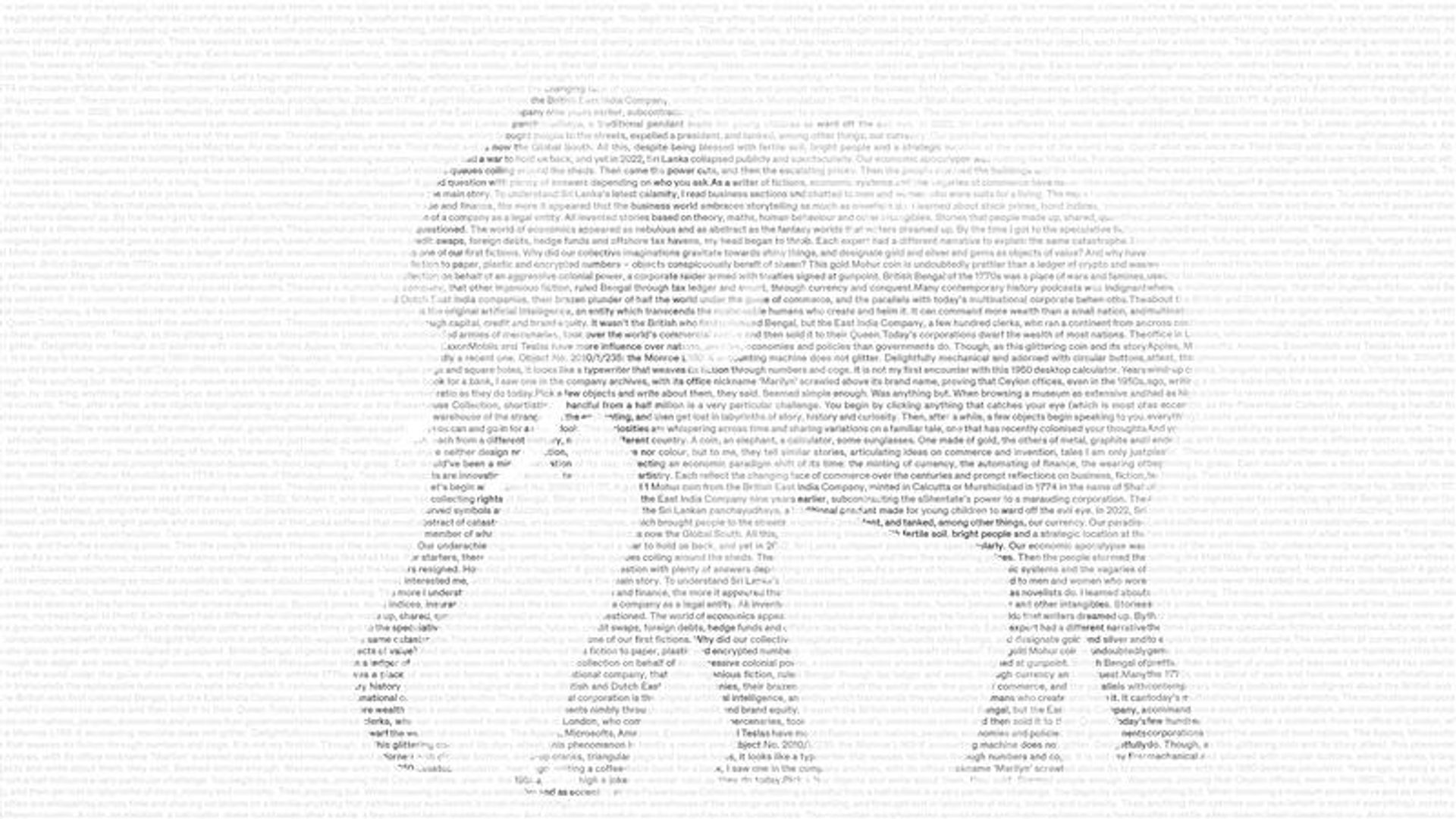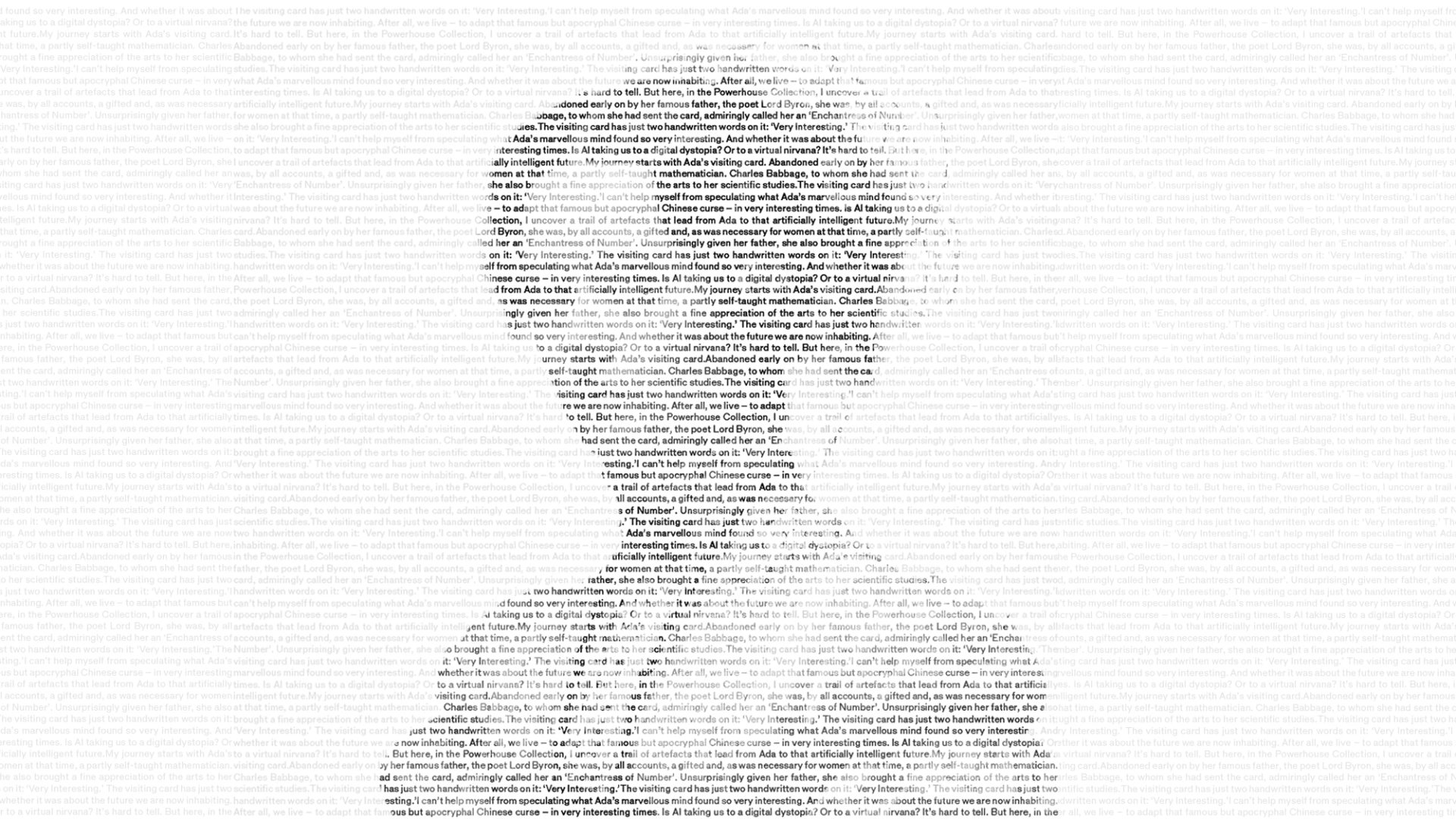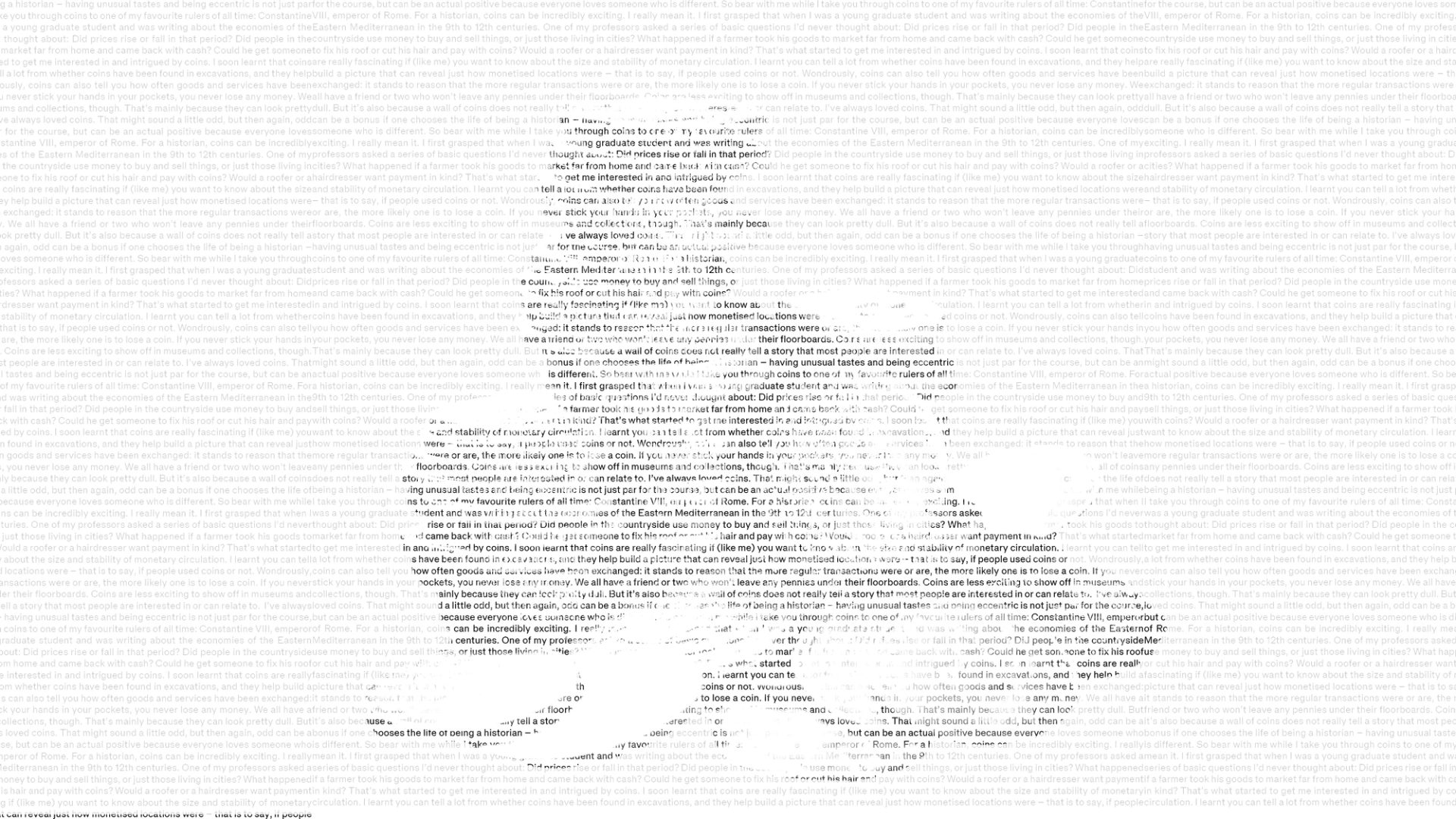A History in Coin, Clay and Cotton

Peter Frankopan, Professor of Global History at Oxford University, plots three very diverse histories, weaving a path from the Roman Empire through the Steppes to 1980s Australia. Commissioned by Powerhouse for the Writing Objects series.
A History in Coin, Clay and Cotton
I’ve always loved coins. That might sound a little odd, but then again, odd can be a bonus if one chooses the life of being a historian – having unusual tastes and being eccentric is not just par for the course, but can be an actual positive because everyone loves someone who is different. So bear with me while I take you through coins to one of my favourite rulers of all time: Constantine VIII, emperor of Rome.
For a historian, coins can be incredibly exciting. I really mean it. I first grasped that when I was a young graduate student and was writing about the economies of the Eastern Mediterranean in the 9th to 12th centuries. One of my professors asked a series of basic questions I’d never thought about: Did prices rise or fall in that period? Did people in the countryside use money to buy and sell things, or just those living in cities? What happened if a farmer took his goods to market far from home and came back with cash? Could he get someone to fix his roof or cut his hair and pay with coins? Would a roofer or a hairdresser want payment in kind?
That’s what started to get me interested in and intrigued by coins. I soon learnt that coins are really fascinating if (like me) you want to know about the size and stability of monetary circulation. I learnt you can tell a lot from whether coins have been found in excavations, and they help build a picture that can reveal just how monetised locations were – that is to say, if people used coins or not.
Wondrously, coins can also tell you how often goods and services have been exchanged: it stands to reason that the more regular transactions were or are, the more likely one is to lose a coin. If you never stick your hands in your pockets, you never lose any money. We all have a friend or two who won’t leave any pennies under their floorboards.
Coins are less exciting to show off in museums and collections, though. That’s mainly because they can look pretty dull. But it’s also because a wall of coins does not really tell a story that most people are interested in or can relate to.
Some museum curators think the way out of that is to put lots of gold, shiny pieces on a wall together. That can look fancy, but it’s not often appealing – either to a visitor or to a historian: gold coins are rare and were and are very valuable. Gold coins are a whole other story from those with petty, apparently meaningless numbers on them (and that are miles more thrilling to me).
That’s why I chose this coin – it’s dull and hard to read.
I love this coin, because I reckon you could ask someone to look through every single other item in the Powerhouse Collection, and they’d never even stop to look at it, let alone pick it.
It’s totally forgettable and mundane. The inscription on one side is so well-worn, it’s almost impossible to read. Better still, the coin displayed in the collection online first mysteriously appeared upside down. Perhaps the ancient markings were hard to decipher for the photographer (though I can report the coin is now in its correct position).
So I love this coin. I love that it’s unremarkable. I love that it’s not in ‘mint condition’ – a phrase direct from the world of coins! I love that it was upside down. Why should we want things that look shiny and expensive or that are shown in a perfect way anyway?
But if you know what you’re looking at – and looking for – this coin can open lots of unseen doors.
Let’s think first about what it’s made of: bronze. That might make us think about the mining process – where the metals came from, what the composition was between copper, tin and zinc, and who was in charge of getting the chemistry right. Each coin came from metal that was once mined, refined, pressed, set and then struck by a pair of tongs that made an imprint on each side. That speaks of a whole series of invisible workers, technologies and industries that stay hidden and unmentioned in most histories.
Think of the many hands this coin passed through during its life before it was lost or dropped. We don’t know where this piece was found. But we know it did not meet the same end as most other coins: that of being recycled and re-used when a new pair of buttocks sat on the throne. Our luck in being able to admire it is the result of someone’s bad luck for losing it.
It must have been used a lot, to judge from the fact the inscriptions are so worn. We can imagine it being exchanged for a loaf of bread (that was what it was worth), and then used by the baker to buy flour from a farmer who used it to buy some new tools from a blacksmith who bought a loaf of bread. And so on. But it was used a lot.
What makes that special too is that all the wear and tear likely took place over a few short years. We know that because of the man on the front of the coin – he was emperor of Rome for just three years between 1025 and 1028. No doubt the coin would have carried on being used for a while after that, because it’s hard to take coins out of circulation, but it does happen eventually – often because someone pays their taxes and the government gets hold of it.
The inscription on the reverse tells a story too. Luckily, even though it’s hard to read, I can tell you what it says. Inscribed are four lines that read (in Greek): Jesus Christ, King of Kings. This inscription was usual for petty coinage of the time. But it is still quite striking. It speaks not only as a statement of faith for the authority who issued the coins, but also a reminder that power, and goods, all sit under the command of God. We find things like that strange and even threatening today, but I don’t think it was meant like that. The aim was to remind us there are more important things in life, and to try to live a good life if we can.
That brings me to the upside-down ruler. I know him well. That’s Constantine VIII. He was the ruler of the Roman Empire – the heir to Augustus, Hadrian, Justinian and many more in between. The empire had been centred on the great city of Rome, of course, but it had become so big that in the 4th century a new metropolis, christened New Rome, was built on the banks of the Bosporus, where Europe meets Asia. The city was soon being referred to as Constantinople – the city of Constantine the Great, its founder; today we know it as Istanbul.
In a sleight of hand by historians, the realm was later relabelled as the Byzantine Empire – as a way of denying the legitimacy of its authority and its emperors. But the earlier Constantine VIII on the coin was seen by his subjects, and by rulers from around the world, as the true and sole ruler of the Roman Empire.
Constantine VIII was not one of the greats. His father had been emperor and his grandfather before him (Constantine VII ‘Porphyrogenitus’ – so named for being ‘born in the purple’ bedchamber of the imperial palace). Constantine VIII’s brother had been powerful and fearsome: we can tell because he was known as Basil II the Bulgar-Slayer, since he killed, well, so many Bulgarians during a series of campaigns in the early 1000s.
Constantine had different tastes to his brother. His favourite pastime was experimenting with recipes in the palace kitchens. Critics called him lazy, unambitious and inept, a man who loved watching sport and playing a few games. He was uninterested in running the empire and let those who knew what they were doing get on with it.
I can’t really blame him for any of that – even if some of it is true: historians have a nasty habit of settling scores in ways that mean one needs to be careful not to believe everything written at the time.
But when I look at this coin, I also wonder: Did people who glanced at our upside-down emperor when they handed the coin over to someone else even know or care who he was? Were they bothered if he was thought lazy by some people and that he didn’t work hard enough? Or did they think what I expect most would have thought? Namely, that he was living the dream.
So when I look at this small, otherwise unremarkable piece of metal, I can feel the questions start to build up. And I remember why I love coins and why I love history.
‘A horse, a horse, my kingdom for a horse!’ Those are Richard III’s final lines in the eponymous Shakespeare play. Things did not end well for the King of England, who not only lost the Battle of Bosworth in 1485 and his crown with it. Worse, he ended up buried in a location that was later tarmacked over to make a car park in Leicester – and not even a fancy car park.
You don’t need to know much Shakespeare to know that a good horse is worth its weight in gold. Or maybe, in fact, you do, because one could in fact make a decent argument that horses are the single most important animal in history – or at least in human history. Forget ‘man’s best friend’ the dog, or even the humble cow, sheep, pig or chicken and their various roles in provision of protein, dairy, leather, textiles and more. Until long into the industrial era, the horse was the engine of empire.
Horses were crucial, for example, in the conquest of the Americas by Europeans, where small numbers of outsiders were able to overthrow sophisticated, well-organised states such as those of the Mexica (or Aztecs) and the Inca. Evolutionary fluke meant the Americas were short-changed of pack animals, but the lack of horses was crucial. Some scholars have argued that the difference between Europeans and those they conquered in the New World was not leadership skills, determination or weapons, but horses.
Horses allowed humans to cover greater distances at greater speed. They were important, therefore, in galvanising a series of military revolutions that were enhanced by new technologies such as saddles and stirrups. Great states rose and fell because of horses, which played the role of tank, truck and car in the past. We know this too – albeit loosely – because while power is often measured in watts, volts and amps, perhaps the most familiar measurement comes from car engines: even today, that is measured in horsepower.
Not surprisingly, then, horses have been highly valued in history, written about in the Sanskrit Vedas and venerated by the Ancient Egyptians too. Again, it can be easy to forget how significant horses are today – at least to some people. The ‘sport of kings’ is not cricket or football, even though perhaps it should be. In fact, it is horseracing: stud farms, races over jumps and on the flat are big business. And I mean BIG business. In 2022, the global horseracing industry was estimated to be worth more than US$400 billion, and some expect that figure to almost double by 2030.
Having access to horses, therefore, was crucial. Nowhere was this felt more keenly than in Chinese civilisations in East Asia: horses allowed for speedy communication, enabled people, goods and ideas to move quickly, helped maintain order and were as vital for military defence as they were for the expansion of territories. Horses enjoy a special place in rituals, visual art and literature.
Some individual horses became famous for their beauty, elegance and agility. For instance, Du Fu (712–770), one of the greatest poets in Chinese history as well the most famous, wrote multiple poems about horses. One titled ‘Seeing the Pictures of Horses by General Cao at the Home of Secretary Wei Feng’ describes horses one by one, including Curly-Hair Brown, who belonged to Emperor Taizong (reigned 626–49), and Lion Spots, owned by the Guo household. These horses had ‘carried riders to battle, each matched against ten thousand’. Just seeing their image alongside seven other ‘superb’ steeds was enough to stir the General’s emotions:
As well as emperors who were buried with their favourite steeds or had their tombs decorated with models or paintings of them, horses also played an important role in ritual, often featuring prominently in imperial processions and ceremonials. The state took horses seriously too. Horse ownership was a matter of great interest for the authorities, with laws issued requiring the registration of horses and owners having to record breed, colour and any distinctive markings. Those caught failing to do so or found stealing horses were punished severely by the courts.
So popular were horses that they became staples of art and, above all, ceramic production. Under the Tang dynasty (618–907), massive kilns in locations such as Luoyang and Gongyi in Henan province, or other parallels in Hebei or Shaanxi, produced ceramic horses like this rather fine specimen, standing proudly with its front hoof raised. Ceramic horses were often given as offerings alongside those who died. They were both status symbols and companions in the afterlife. The quality of the clay used was one part of the craftsmanship; the mould itself another; and the way the model was painted another still. And so too there was meaning in how the horse was displayed – whether at home, in a shrine or a grave.
I have a soft spot for Tang dynasty horses, partly because of their high quality, but also because they speak of Chinese histories that interacted intensively with the peoples living on the Steppes – the belt of lands stretching from the Black Sea in the west, across Central Asia through Mongolia to the Pacific Ocean in the east. These were the peoples who reared and supplied horses to Chinese states (and others).
The histories of these nomadic groups have usually been ignored by Western historians, or when they have caught their attention, it has usually been for negative reasons – caricatured as simple or savage peoples, lacking rational thought. All of that is wrong, of course. And the corrective starts with the horses they raised and sold. Without them, not only Chinese but other histories would have been very different: in fact, 85% of empires in history have been founded either by peoples of the Steppes – such as Huns, Turks or Ottomans – or by those living next to them. Those empires were built on raw materials and power. This horse, then, is not just a handsome model; it represents an insight into peoples, histories and empires that provided the stage on which some of the world’s most dramatic past was played.
We tend to think of environmental activism as something very new – the urgency of the climate crisis, the speed of the degradation of the natural world, and the anxieties about the cascading impacts of biodiversity loss feel very much like the theme of our time.
They are, in fact, the theme of many times in the past too. Writers far back in antiquity fretted about the impact of human behaviour on the environment, noting that unsustainable and short-term decisions made the world a more challenging and difficult place. It was clear to observers living thousands of years ago that deforestation changed rainfall patterns, the overworking of land had an impact on soil chemistry, and that polluting waterways was not just stupid but dangerous.
It is easy to forget – or never even realise – that many of the stories about the origins of life on Earth are stories about ecological balance and about respecting nature. That is as true in the case with Aboriginal creation stories as it is with the story of the Garden of Eden, where Adam and Eve live in perfect environmental conditions before being expelled from the garden and thenceforth forced, along with their descendants, to fear droughts, floods and famine, and to have to cope with weeds and thistles.
Worries and fears about the world being degraded by over-exploitation have a long history – and are regular if not constant themes in literature, art and religion: in many faith systems, priests and priestesses have the role of acting as intermediaries with the divine to ensure benign conditions. Difficult times – of food shortages, deluges or scorching heat – have often been taken as indications of divine displeasure at immoral behaviour. Just think, for example, of the Flood of Noah (known not only from the Book of Genesis, but from Mesopotamian and Egyptian texts too), where humanity was all but wiped out by an apocalyptic weather event because of God’s anger at how humans treated each other and His creations.
Not surprisingly, then, many activists in the past have recommended different ways of living – and, in particular, of treating animals, plants, ecosystems and each other. In the modern era, one might think of the legendary Woodstock festival of 1969, often seen as the height of the hippie movement that recommended different lifeways – vegetarianism, communal living, free love and holistic medicine. The tagline ‘Make love, not war’ was closely associated with trying to influence United States policy in South-East Asia and the Vietnam War in particular.
In fact, while most people today associate the rise of the counterculture movement in the 1960s with Vietnam, concern with pollution and environmental crisis was both more vocal and more widespread, especially on university campuses in the United States. According to a 2023 article in The New York Times, student demands for better measures to protect the environment were likely to be more meaningful and bigger than anti-war demonstrations.
On 22 April 1970, the first Earth Day was held around the world. Vast crowds took to the streets to protest about damage to the natural world, with 20 million people demonstrating in the United States alone in what broadcaster Alistair Cooke called ‘the first mass reminder of our decaying and polluted planet’.
Oil spills, chemical leaks and the effects of pesticides all dovetailed in concerns about the long-term consequences of short-term decisions. Even a 1959 editorial in Playboy magazine spoke about how children might die or suffer from ‘grotesque mutations’ because of the effects of nuclear testing.
On top of that were increasing anxieties about the threat of nuclear devastation as a result of the Cold War. The Cuban Missile Crisis of 1962 served as a warning that confrontation did not just rest on a knife edge, but that the fate of humanity – and of our planet – rested in the hands of two people: the President of the United States and the General Secretary of the Communist Party of the Soviet Union.
By the early 1980s in Australia, several strands had come together. The Pacific had served as one of the major testing grounds for British, French and United States nuclear bomb detonations since the end of World War II, which was devastating for local communities and ecologies. Although Australia had no nuclear weapons program of its own, the development of a uranium mine at Radium Hill in South Australia, and then at other sites in the Northern Territory and Queensland, meant Australia had an important and direct role in the nuclear stand-off between superpowers.
This helped fuel protest movements in the country, ranging from those opposing uranium mining specifically to campaigns organised by Friends of the Earth and People for Nuclear Disarmament – which became increasingly vocal and visible in mainstream debate in Australia from the 1980s.
This T-shirt was made for the Stop the Drop concert at the Sidney Myer Music Bowl in Melbourne on 13 February 1983. The concert was held in response to leading figures in the Australian music business wanting to support efforts to raise money and public awareness for campaigns for nuclear disarmament. The shirt shows a stave of music with notes of radioactive molecules, along with the modern peace sign designed by Gerald Holtom for the British Campaign for Nuclear Disarmament in 1958, itself based on flag semaphore signals for N and D.
The concert was attended by more than 12,000 people. Performers included some of the biggest names in Australian music, including Goanna, INXS, Colin Hay from Men at Work, and Midnight Oil, whose lead singer (and future politician) Peter Garrett had been one of the leading figures in putting the event together. The concert had little immediate political impact, despite follow-up concerts in 1984 which were modestly successful. A planned concert in 1985 was cancelled as interest was low.
The era of Stop the Drop seems rather different to today. In 1983, few politicians paid attention to what those in the music or entertainment business did or said. That started to change two years later when another group of musicians set out to try to generate action against injustice and suffering in Ethiopia: the Live Aid concerts and the related single ‘Do They Know It’s Christmas?’ proved transformative for famine relief, for international development, and for ways in which high-profile figures can make a difference when they reach out to their fans and supporters.
I like this T-shirt precisely because of the fact the Stop the Drop concert appeared to achieve very little. I like it because it reminds me of grassroots activism, of people trying to use their platform not just to entertain but to inform. I like the T-shirt because, as a historian, it does not just tell me something about nuclear arms protests of the 1980s, but fits within a tradition going back thousands of years of people being concerned about what happens if we do not make better choices and what happens if we destroy the planet we all live on. I like it because it reminds me that trying to do something is better than doing nothing.
And in a world where arms development and spending is skyrocketing, where the threat of nuclear disaster has come back out of the shadows, being able to remember we have been through this before can be a comfort in an age of concern.
Author
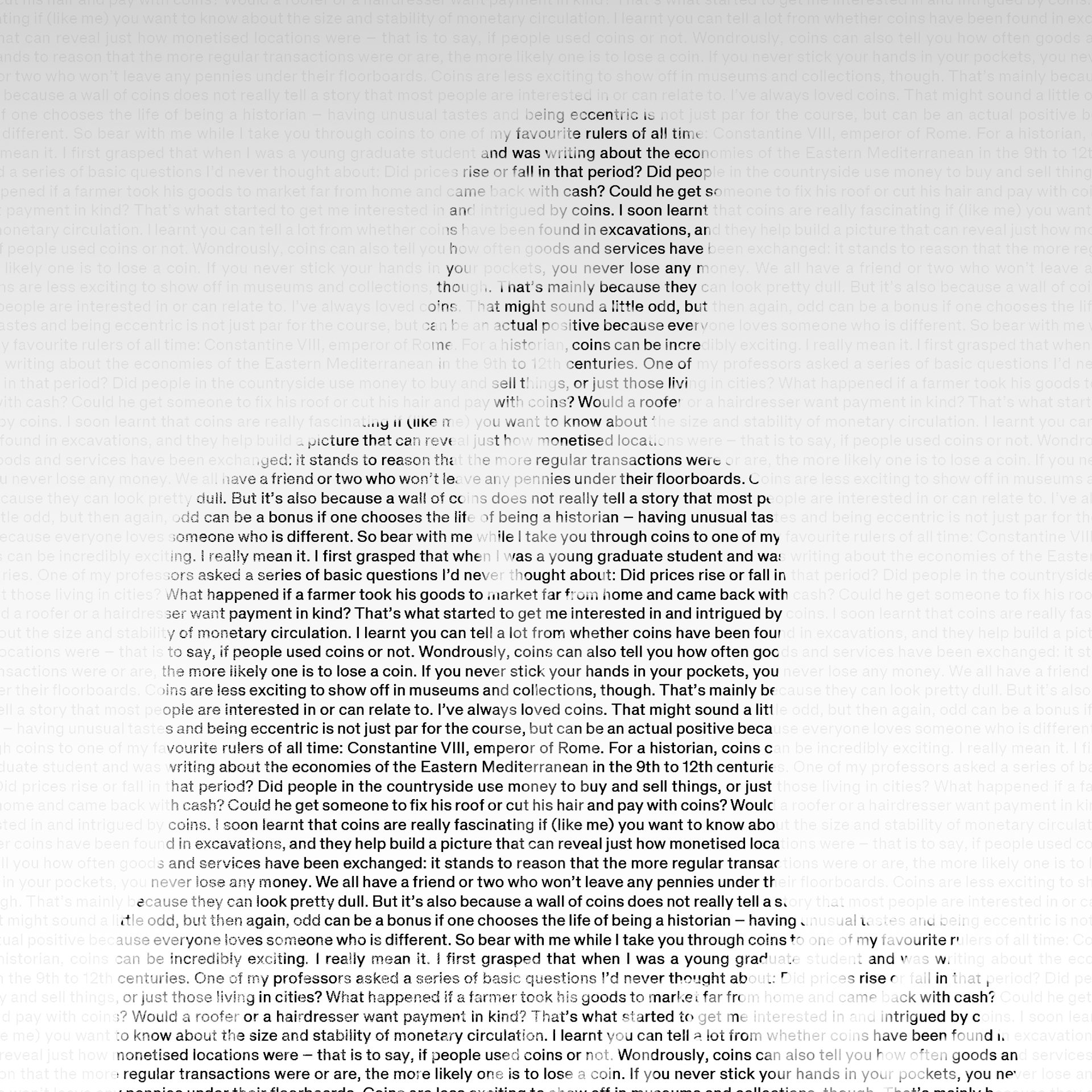
Peter Frankopan is Professor of Global History at Oxford University and Senior Research Fellow at Worcester College. He is UNESCO Professor of Silk Roads Studies at King’s College, Cambridge and a member of the Advisory Board of the Sevgi Gönül Center for Byzantine Studies at Koç University, Istanbul. A Fellow of multiple Royal Societies, Frankopan is also President of the Royal Society for Asian Affairs. His most recent book is The Earth Transformed, a major history of how a changing climate has dramatically shaped the development and demise of civilisations across time. It was named The Times Best History Book of 2023. The Silk Roads: A New History of the World was a Sunday Times bestseller and was named by them one of the ‘Books of the Decade’. His following book The New Silk Roads: The Present and Future of the World won the Human Sciences prize of the Carical Foundation. Frankopan also has the podcast Legacy, with Afua Hirsch, telling the wild stories of some of the most extraordinary men and women ever to have lived.
Writing Objects
Writing Objects is a new series of writing engaging with the Powerhouse Collection, opening it up to new audiences and communities. Writers from Australia and around the world share their response to objects.
Bringing scientific, historic and personal perspectives, these stories highlight the museum’s newly digitised collection of close to 500,000 objects and offer new ways to navigate the applied arts and sciences.
The Powerhouse digitisation project is one of the largest being undertaken internationally and will result in new levels of community access to the museum’s extraordinary collections for local, national and international audiences.
